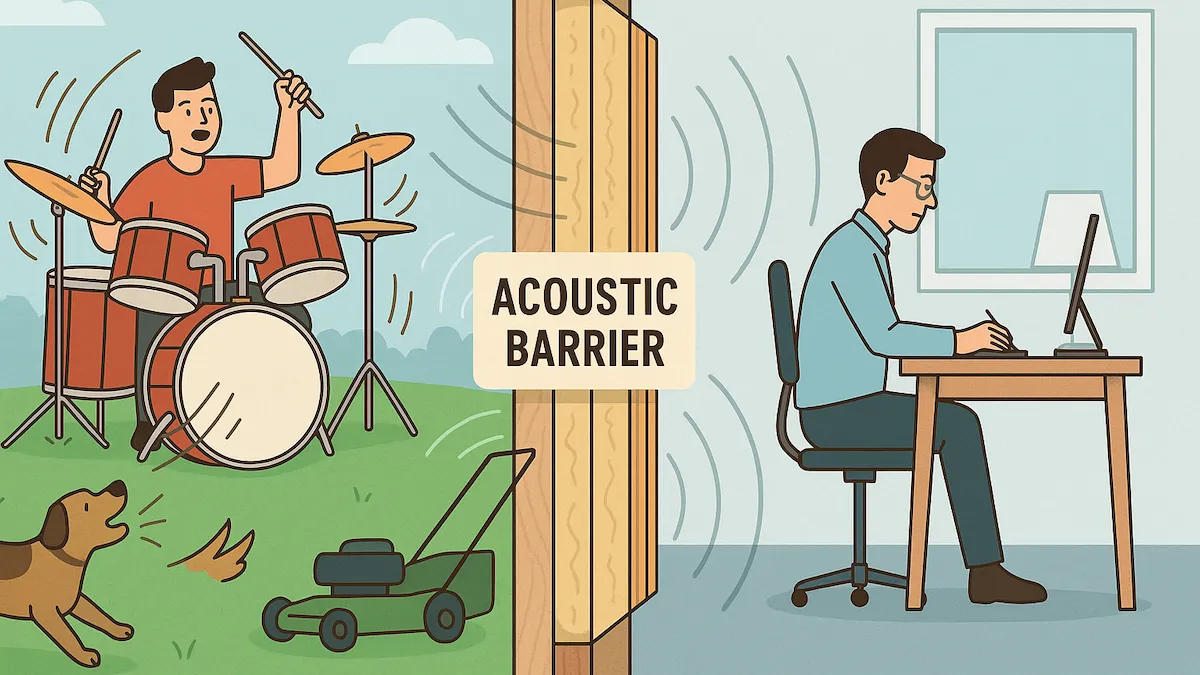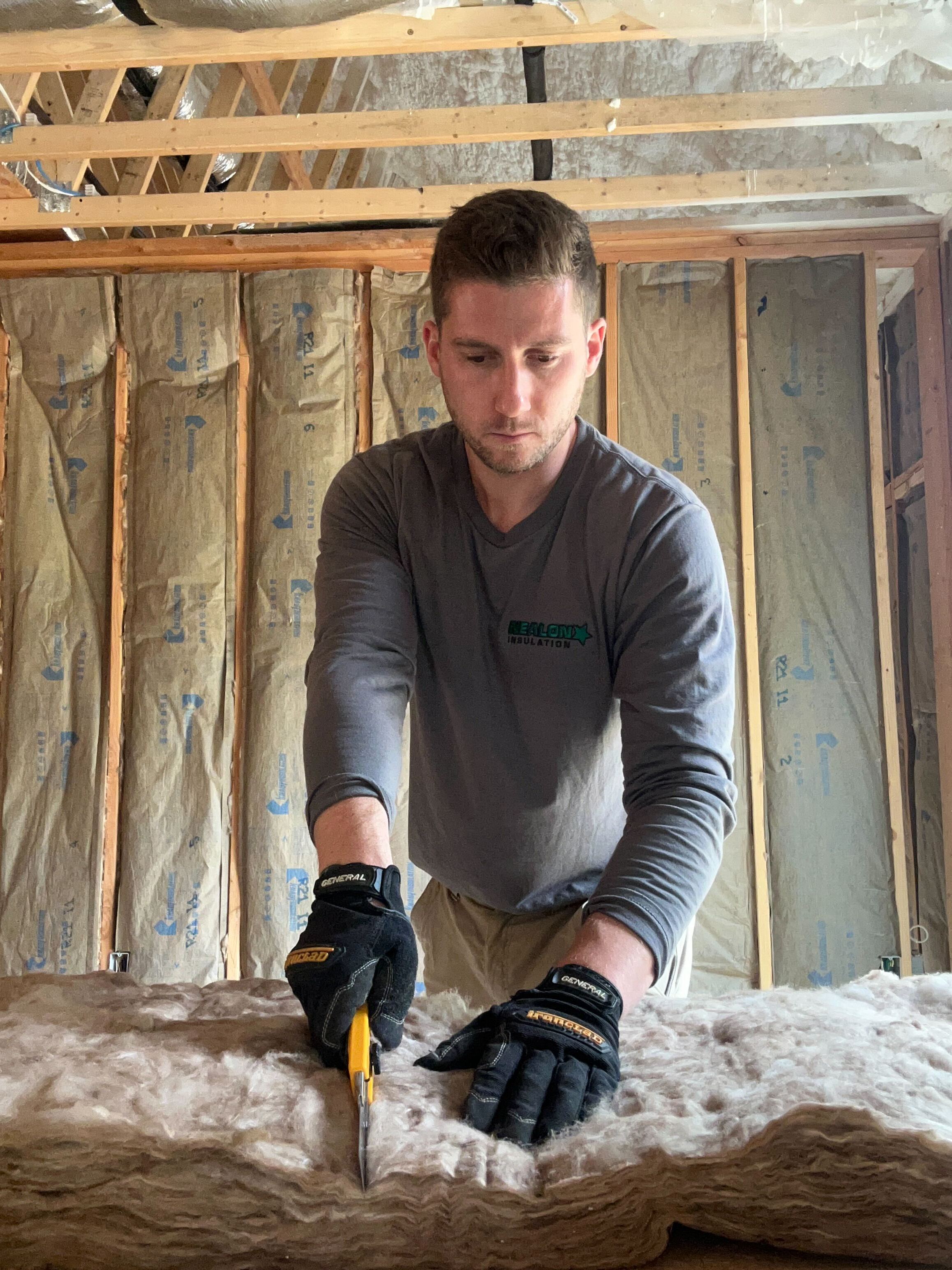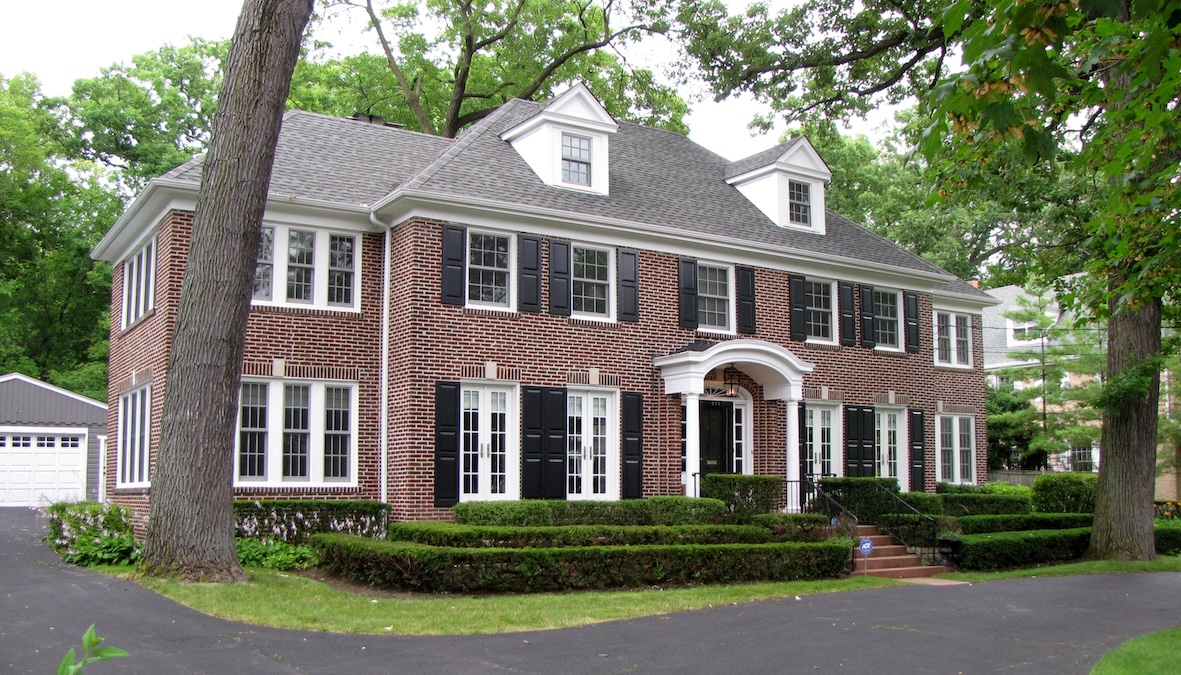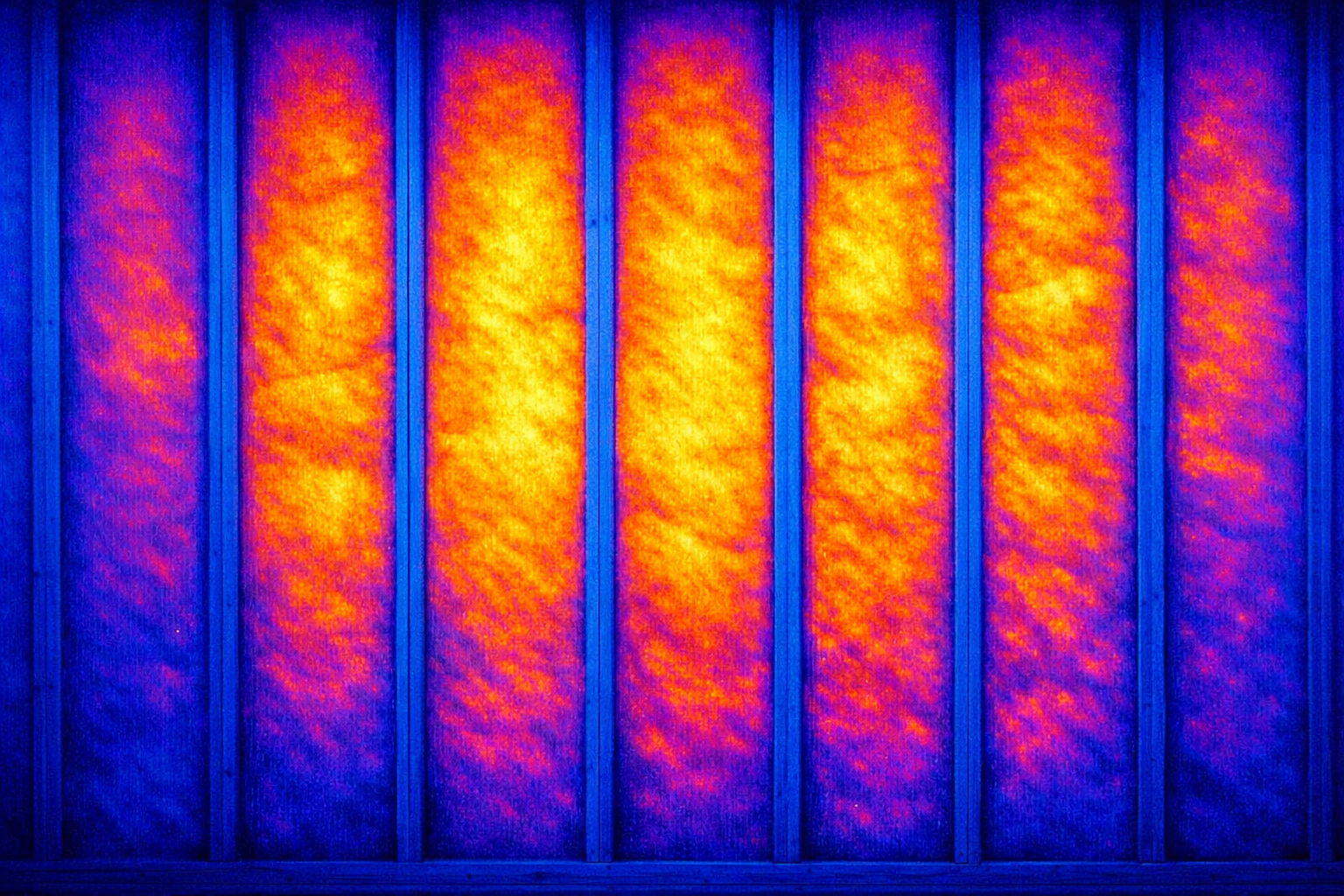Why Old Connecticut Homes Are So Noisy (and How to Fix It)

If you live in an older home in Connecticut, chances are you've experienced it:
- The unmistakable creak of a floorboard every time someone walks upstairs.
- The neighbor's leaf blower sounding like it's in your living room.
- Your kid's late-night Xbox session leaking through the walls.
Yup. Old Connecticut homes are charming—until they start shouting at you from every direction.
Let’s break down why they’re so noisy, and what you can actually do to get some peace and quiet.
Why Are Older Homes in Connecticut So Loud?
They Weren't Built With Soundproofing in Mind
Before the 1980s, insulation standards were wildly inconsistent, and no one was thinking about decibel ratings. Homes were built to last, sure, but not to keep sound from bouncing through every wall, floor, and duct.
Empty Wall Cavities
Many homes built before the energy crises of the '70s have wall cavities with little or no insulation. That means sounds travel freely between rooms, floors, and even outside. Ever wonder why your teenager's music sounds louder in the hallway than in their actual room? That’s why.
Hard Surfaces Everywhere
Hardwood floors, plaster walls, thin doors—they all reflect sound rather than absorb it. Combine that with minimal insulation and you've basically got an echo chamber.
HVAC and Plumbing Noise
Ductwork and pipes in older homes often aren’t isolated. That means your heating system or a flushing toilet can broadcast noise across the house like it’s got a microphone.
Squeaky Floors and Loose Framing
Connecticut homes go through wild weather swings. Over time, the wood expands, contracts, and shifts—leading to squeaks, creaks, and pops that remind you your home has... character.
How to Fix It (Without Losing the Charm)
1. Dense-Pack Cellulose in the Walls
Dense-pack cellulose isn't just great for thermal insulation—it also significantly reduces sound transmission. It fills the wall cavity fully, blocking airborne sound from traveling through. This can be a game-changer in old homes with hollow walls.
2. Add Rugs, Curtains, and Soft Furnishings
No, this isn’t a design blog, but it matters: sound needs soft surfaces to absorb it. Add a thick rug to a hardwood hallway or heavy curtains over windows. Even bookshelves can double as sound barriers.
3. Seal the Gaps
Air gaps = sound gaps. Use acoustic caulk around outlets, baseboards, and windows. Weatherstrip old doors. Add door sweeps. These little details make a surprising difference.
4. Swap Out Hollow-Core Doors
Many older homes have doors that are essentially cardboard inside. Replacing them with solid-core doors is one of the easiest ways to stop sound from room to room.
5. Soundproof the Ceiling or Floor Between Levels
This one’s more advanced, but if you’re doing a reno, it’s worth it. Options include:
- Dense-pack cellulose or fiberglass batts between joists
- Resilient channels or sound isolation clips
- Double layers of drywall with Green Glue between them
Each step helps decouple sound vibrations so they don’t carry.
6. Box in Noisy Ductwork or Pipes
If your HVAC system sounds like a jet engine, or your plumbing makes ghost noises, consider boxing in the runs with insulation and drywall. It won’t silence them completely, but it’ll dull the roar.
Where to focus: The Basement and Attic Echo Chambers.
Here’s the thing about old Connecticut homes: the attic and basement were usually afterthoughts. They weren’t designed for comfort—or quiet. That’s why they’re often the loudest parts of the house.
Unfinished basements with exposed ceilings act like giant speaker boxes. Every footstep, every washer spin cycle, every thump from upstairs echoes through those open joist cavities. And since sound loves hard surfaces, concrete walls and bare ductwork only make things louder. Add in a furnace or boiler that groans like it’s haunted, and you’ve got yourself a basement sound system no one asked for.
Attics aren’t much better. Most older attics in Connecticut have little to no floor insulation—just air pockets between the ceiling joists. That means noise from below can rise right through, and outdoor sounds (like pounding rain or wind) can echo down. If there are HVAC lines or plumbing up there, expect even more noise when they kick on or contract in the cold.
The fix? Treat these spaces like the noise traps they are. Dense-pack cellulose between floor joists in the attic helps absorb sound vibrations and stops noise from traveling between levels. In basements, a combination of insulation (spray foam or fiberglass batts) and acoustic barriers between joists can dramatically quiet things down. You can even install sound-rated drywall if you're finishing the space.
Bottom line: if your house sounds like it’s narrating its own ghost story, the attic and basement are probably the main characters. Soundproofing from the top and bottom is one of the most effective ways to make the rest of your home feel peaceful.
Common FAQ's about Noisy Connecticut Homes
Does insulation with a high R-Value also reduce noise?
Insulation with a high R-value doesn’t automatically reduce noise. R-value measures thermal resistance, not soundproofing. However, some materials—like dense-pack cellulose or mineral wool—offer both energy efficiency and sound dampening. For noise control, choose insulation specifically rated for acoustic performance, not just high R-values.
Will soundproofing make my home feel too sealed up or stuffy?
Soundproofing won’t make your home feel sealed or stuffy if done correctly. It targets noise control, not airflow elimination. When paired with proper ventilation—like attic baffles or wall vents—you maintain fresh air circulation while reducing sound. The result is a quieter, healthier, and more comfortable living space.
How much noise reduction can I realistically expect?
Realistically, you can expect 25–50% noise reduction with basic upgrades like solid-core doors and gap sealing. More advanced solutions—such as dense-pack insulation or floor and ceiling treatments—can significantly reduce sound, turning sharp noises into dull thuds and making conversations much less audible between rooms.
Is soundproofing just for interior rooms, or does it help with outside noise too?
Soundproofing helps with both interior and exterior noise. For outside noise—like traffic or barking dogs—insulating exterior walls and sealing air gaps can significantly reduce sound intrusion. Older homes with thin walls and outdated windows benefit most, creating a quieter, more comfortable living environment.
Can I soundproof one room without doing the whole house?
Yes, you can soundproof one room without doing the whole house. Adding dense-pack cellulose or other acoustic insulation to key walls or ceilings in a bedroom, office, or media room helps reduce noise effectively. It’s a practical, localized solution that improves comfort without full-home renovation.
Final Thoughts
Old Connecticut homes have a lot going for them: craftsmanship, character, and history. But they also come with creaks, leaks, and sound transfer that modern homes are better at managing.
The good news? You don’t have to gut your house to make it quieter. A few smart upgrades can turn your charming echo chamber into a peaceful retreat.
Related Articles
Let's Work Together
Ready to transform your home into an energy-efficient haven? Schedule your free energy assessment today and experience the Nealon difference for yourself.



